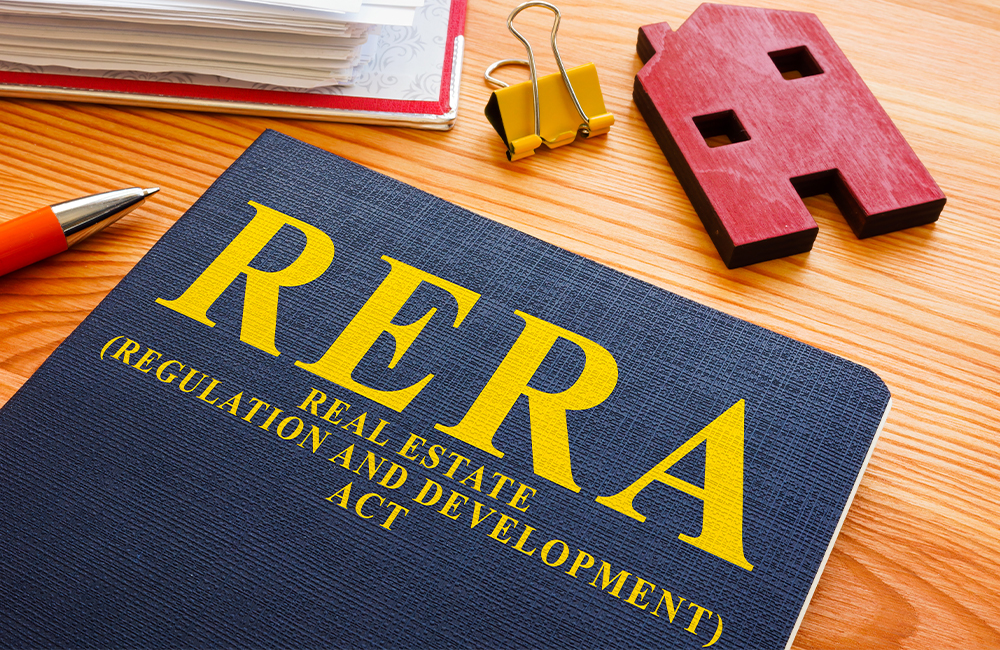Now Reading: RERA Guidelines 2025: Comprehensive Overview for Developers and Homebuyers
-
01
RERA Guidelines 2025: Comprehensive Overview for Developers and Homebuyers
RERA Guidelines 2025: Comprehensive Overview for Developers and Homebuyers

The Real Estate (Regulation and Development) Act, 2016, commonly known as RERA, was introduced to bring transparency, accountability, and efficiency to the Indian real estate sector. As we progress through 2025, various state-level Real Estate Regulatory Authorities (RERAs) have implemented updated guidelines to further strengthen the regulatory framework. These updates aim to protect homebuyers, ensure timely project delivery, and enhance financial transparency. This article delves into the key RERA guidelines introduced in 2025, focusing on their implications for developers and homebuyers.

Table of Contents
1. Financial Transparency and Escrow Mechanism
One of the significant updates in 2025 is the introduction of stringent financial regulations to ensure that funds collected from homebuyers are utilized appropriately.
Three-Tier Bank Account System
The Gujarat Real Estate Regulatory Authority (GujRERA) has mandated developers to maintain three separate bank accounts for each project:
- RERA Collection Account: For receiving payments from buyers, excluding taxes and pass-through charges.
- RERA Retention Account: 70% of the collected funds are to be deposited here, earmarked exclusively for construction and land costs. Withdrawals require certification from an architect, engineer, and chartered accountant.
- RERA Transaction Account: Up to 30% of the funds can be transferred here for other project-related expenses.
This system aims to prevent misuse of funds and ensure that developers adhere to financial discipline.
2. Standardization of Sale Agreements
To promote uniformity and clarity in transactions, RERA has introduced standardized sale agreements across various states.

Key Inclusions
Developers are now required to include detailed information about the project’s amenities, timelines for possession, and the carpet area in the sale agreements. For instance, Maharashtra’s MahaRERA mandates that developers disclose the type and extent of amenities, anticipated dates for their availability, and the timeline for transferring these amenities to residents’ associations.
3. Carpet Area as the Basis for Sale
To eliminate discrepancies between the advertised and actual size of properties, RERA has mandated that all property advertisements and sale agreements specify the carpet area. This move aims to provide homebuyers with a clear understanding of the usable area they are purchasing.
4. Timely Possession and Penalties for Delays
RERA has introduced stringent penalties for developers who fail to deliver possession on time. If a developer misses the possession deadline, they are liable to pay compensation to the buyer at a prescribed interest rate. This provision ensures that homebuyers are protected against undue delays.
5. Grievance Redressal Mechanism
Each state RERA has established a robust grievance redressal mechanism to address disputes between developers and homebuyers. Homebuyers can file complaints regarding non-compliance, fraudulent practices, or any other issues, and RERA is obligated to resolve these grievances within a stipulated time frame.
6. QR Codes for Project Transparency
To enhance transparency, Uttar Pradesh RERA has mandated developers to display QR codes on project sites. These codes, when scanned, provide potential buyers with real-time information about the project’s registration details, approvals, and status updates.
7. Senior Citizen Housing Guidelines
Recognizing the needs of senior citizens, MahaRERA has introduced specific guidelines for senior citizen housing projects. These guidelines include provisions for wheelchair-accessible elevators, ramps, ergonomic furniture, and safety features to ensure a comfortable living environment for elderly residents.
8. Consent of Majority Buyers for Project Modifications
Developers are now required to obtain consent from at least two-thirds of the buyers before making significant changes to the project’s plans or specifications. This provision ensures that the interests of the majority of buyers are protected and prevents unilateral alterations by developers.
9. Construction Quality Audits
MahaRERA has introduced a framework for appointing third-party agencies to conduct construction quality audits at various stages of a project. These audits aim to identify and rectify issues like structural defects or water leakage before possession, ensuring that buyers receive quality homes.
10. Penalties for Non-Compliance
Developers who fail to adhere to RERA guidelines face stringent penalties. These include fines up to 10% of the project’s estimated cost or imprisonment for up to three years. Such measures are designed to enforce compliance and protect the interests of homebuyers.
Conclusion

The RERA guidelines introduced in 2025 represent a significant step towards creating a transparent, accountable, and buyer-friendly real estate sector in India. Developers must familiarize themselves with these regulations to ensure compliance and build trust with homebuyers. For homebuyers, these guidelines offer enhanced protection and avenues for redressal, fostering confidence in real estate transactions. As the real estate landscape continues to evolve, adherence to RERA guidelines will be crucial for the sustainable growth of the sector.
WATCH MORE HERE: https://www.instagram.com/reel/C84OQyMygKl/
READ MORE HERE:https://estatemagazine.ae/dubai-land-department-a-guide-to-services-digit/



















